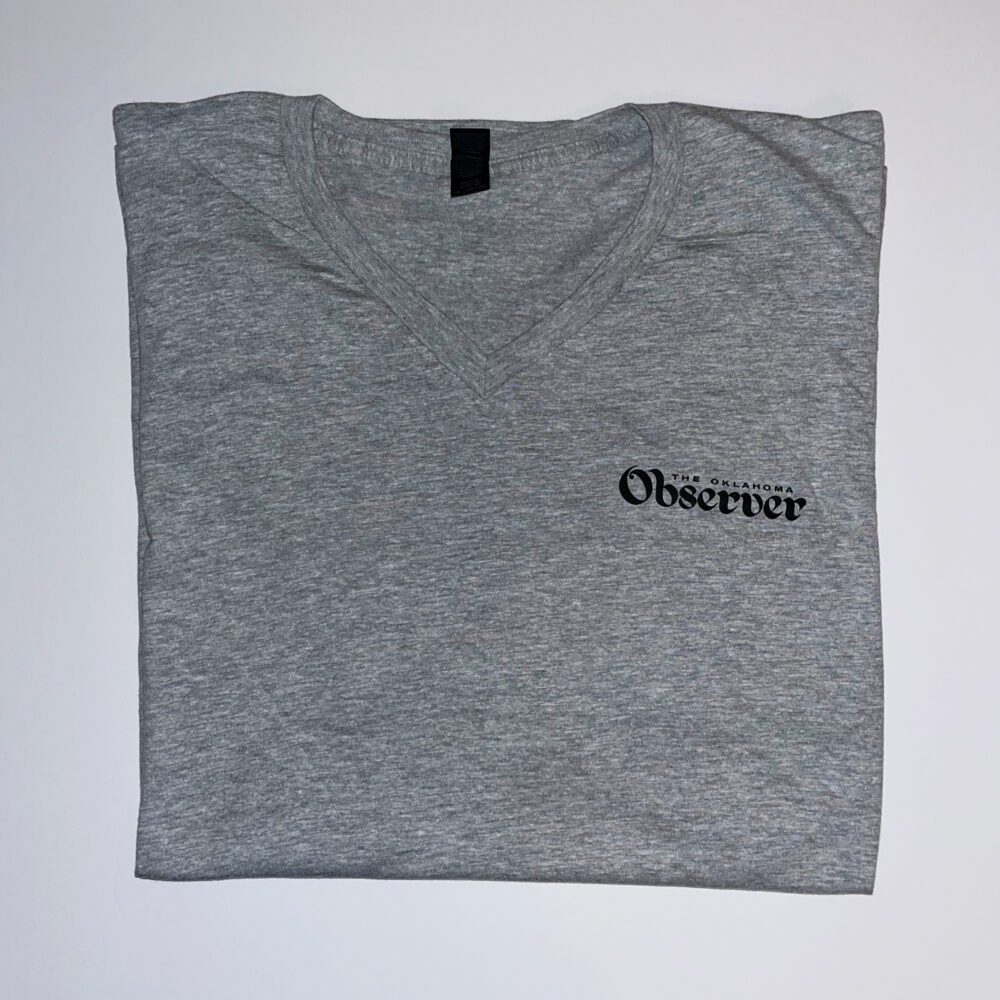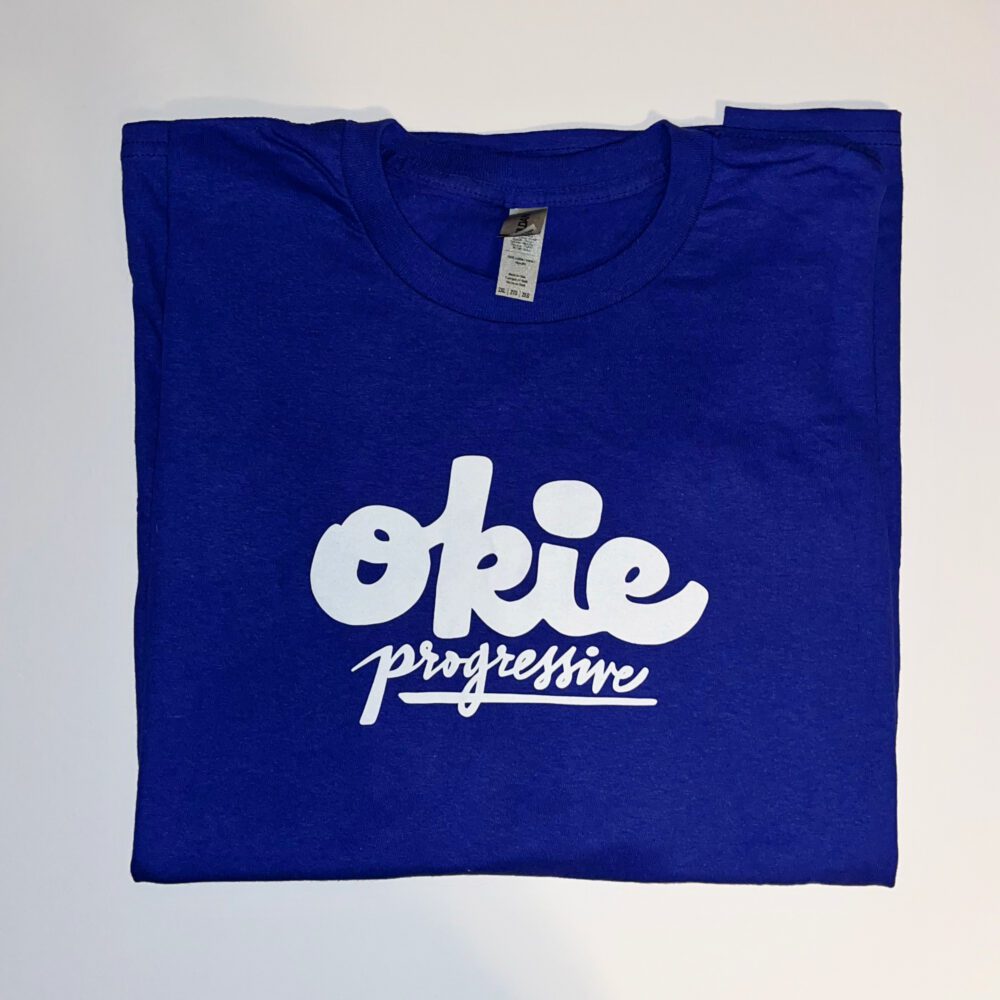The day after Democratic presidential nominee Kamala Harris named Minnesota Gov. Tim Walz as her running mate, Oklahoma trumpeted near-record revenues last fiscal year that helped boost state savings to more than $2 billion.
Wait … what? Isn’t that a non sequitur? The first part [Walz’s selection] has nothing to do with the last [‘FY 24 Oklahoma revenues], right?
Actually, it does. And it reveals something Oklahoma taxpayers should ponder as they make their electoral choices this year.
You see, Walz-led Minnesota had a $17.6 billion surplus as it drafted its budget for fiscal years 2023-25. True to form, Republicans wanted to cut taxes. But Walz and legislative Democrats had other ideas.
They prioritized investing in health insurance coverage [regardless of immigration status], in medical and paid family leave, in public education, in providing no-cost breakfast and lunch for school kids, and in tuition-free access to state colleges for students whose families earn less than $80,000.
In other words, they opted to give the working class a hand-up, not a hand-out, in hopes of creating a better Minnesota. #ImagineThat
Lawmakers essentially sat on the historic largesse, opting for mostly flat agency budgets – which, of course, given inflation in recent years meant less money to provide vital state services to a growing population.
They remained especially stingy with K-12 schools – some legislative leaders still butt-hurt over the 2018 teacher walkout that made solons’ lives miserable. But they did cough up $50 million more in tax credits for those who want to send their kids to private schools.
Leadership argued it was prudent to sit tight, reminding it’s not a question of if, but when the Rainy Days will come again. Sounds reasonable, right?
Until you realize it’s a false choice. It was possible for state policymakers to both reserve hundreds of millions in its savings accounts and make life-changing, one-time investments aimed at giving all Oklahomans a long-term boost. They chose not to.
These kinds of opportunities don’t come along often, especially given the state’s over-reliance on two industries – energy and agriculture – which leaves it prone to the industries’ boom-bust cycles.
Let’s see what Oklahoma’s and Minnesota’s different spending strategies hath wrought?
According to recent research by WalletHub, the personal financial services firm, Minnesota far exceeds Oklahoma in most socioeconomic categories. Prime Examples: Minnesota ranked No. 1, Oklahoma 47th in health care; Oklahoma has the sixth highest percentage of at-risk youth, Minnesota is 35th; Oklahoma is ninth worst state in which to have a baby, Minnesota is the third best state; Oklahoma’s school system is No. 50, Minnesota’s No. 24; and Oklahoma’s home to the fifth most underprivileged children, Minnesota is 41st.
What do these numbers represent? Consider Oklahoma’s low health care ranking as an example: we’re 46th in percentage of adults who hadn’t visited a dentist in the past year, 50th in percentage of insured adults, and 47th in percentage of insured children. Yet we also have the nation’s 29th most expensive average monthly insurance premiums.
This is just one category. The others provide similarly abysmal data.
It is true Minnesota long has rated higher than Oklahoma in most socioeconomic categories. But unlike Minnesota’s leaders, Oklahoma’s squandered a historic opportunity for one-time investments that could have helped lift all boats, not just the 1%’s.
The Trump campaign, of course, attempted to tar-and-feather Walz as a wild-eyed, free-spending l-i-b-e-r-a-l. Or worse: a c-o-m-m-i-e!
In a July 28 interview with CNN’s Jake Tapper, Walz offered the perfect rejoinder, joking he indeed is a “monster.”
“Kids are eating and having full bellies so they can go learn, and women are making their own health care decisions, and we’re a top five business state, and we also rank in the top three of happiness,” Walz noted. “The fact of the matter is … quality of life is higher, the economies are better … educational attainment is better.
“So yeah, my kids are going to eat here, and you’re going to have a chance to go to college, and you’re going to have an opportunity to live where we’re working on reducing carbon emissions. Oh, and by the way, you’re going to have personal incomes that are higher, and you’re going to have health insurance.
“So, if that’s where they want to label me, I’m more than happy to take the label.”
It’s now up to Oklahoma voters to decide which state’s leadership got its spending priorities right.








